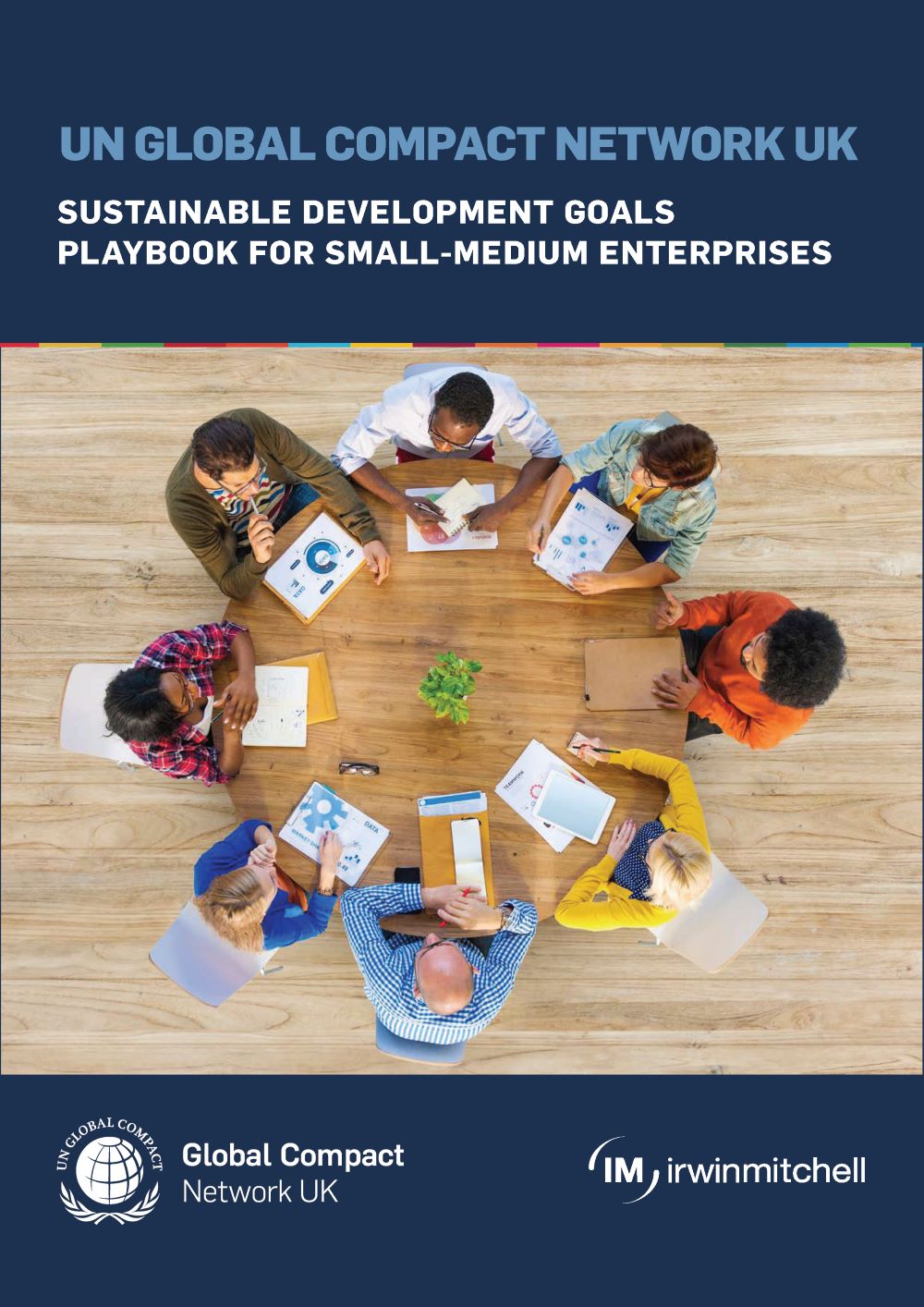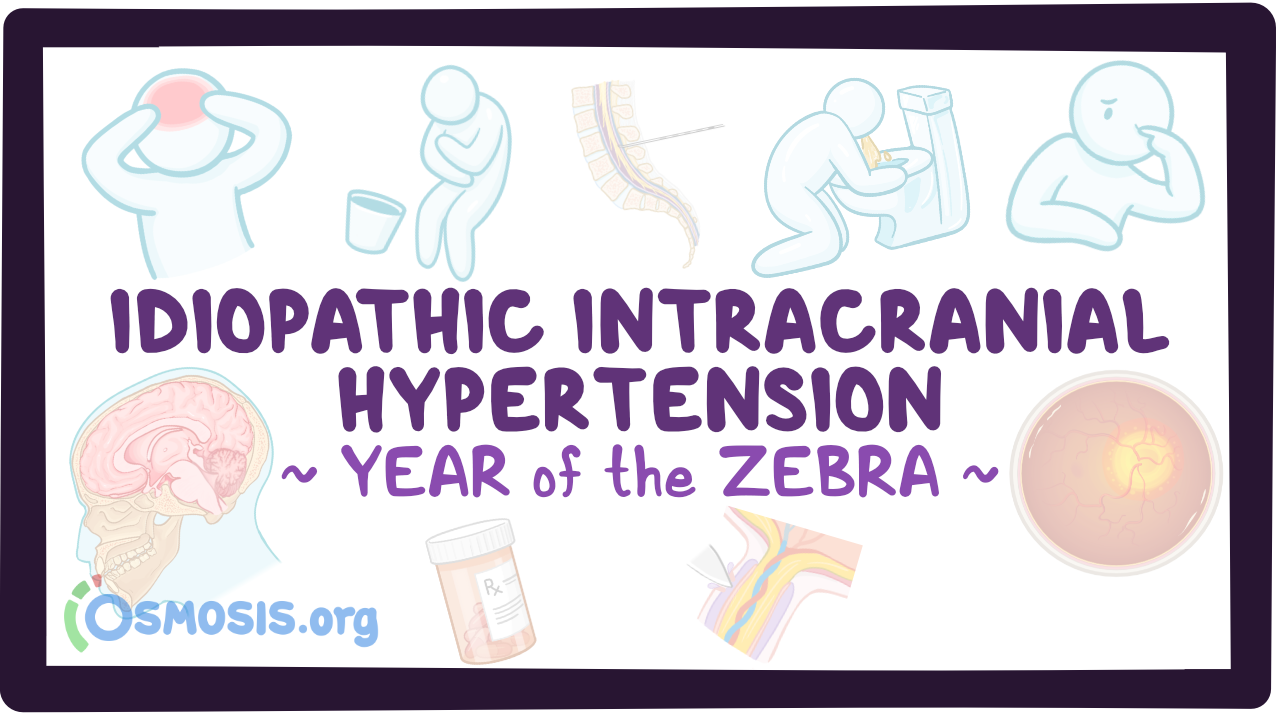From setting research priorities to developing research outputs, Sinéad Rhodes’ work involves coproduction with children, parents, teachers, and clinicians. Rhodes has received numerous awards for her public engagement work, including a Royal Society of Edinburgh medal for Innovation in Public Engagement and the Tam Dalyell Prize for Excellence in Engaging the Public with Science, which recognise her commitment to public engagement within her own research and beyond.
Elsevier,
Comparative Biochemistry and Physiology -Part A : Molecular and Integrative Physiology, Volume 284, October 2023
This article advances SDG # 14 by investigating the impact aerobic swimming exercise in fish has on improving robustness of some species and the importance of establishing suitable rearing conditions to improve the welfare of cultured fish.
This article provides novel insights for further improvements in tomato quality while also developing water-saving irrigation techniques.
This content aligns with Goal 3: Good Health by critically evaluating the efficacy of prodrugs in treating attention-deficit hyperactivity disorder (ADHD) and binge-eating disorder (BED), highlighting the importance of optimizing pharmacokinetic and pharmacodynamic properties to ensure effective and safe management of these conditions. By focusing on the therapeutic benefits and potential side effects of medications like lisdexamfetamine and serdexmethylphenidate, the review underscores the need for tailored treatment strategies that can improve health outcomes for individuals affected by these disorders. Additionally, it supports Goal 10: Reduced Inequalities by addressing the importance of accessible and effective medication options for ADHD and BED, ensuring that all patients, regardless of their background, have the opportunity to receive appropriate care and resources to manage their conditions effectively while minimizing the risk of misuse and abuse.
This chapter aligns with Goals 13 and 15 by providing a reminder of the wide range of essential ecological benefits of forests and of the many products and services humans derive from forests, and then summarize three hallmarks of healthy forests across ecosystems and conclude by leveraging what we know about forests in the past to propose five key principles for future forest management.
This chapter aligns with Goals 13 and 15 by reviewing the latest literature about plant–microbe and microbe–microbe interactions in coordinating the interlinked carbon, nutrient, and water cycles, and we estimate how these may respond to the key global change factors of CO2, temperature, and precipitation.
The UN Global Compact Network UK, in partnership with Irwin Mitchell, has developed the SDG Playbook for SMEs: a step-by-step guide to help smaller companies unlock the competitive advantages associated with embracing the Sustainable Development Goals.
This paper supports SDG 3 and 8 by examining both the role of working conditions in the development of mental disorders, and what can be done to protect and promote mental health in the workplace.
Analysis on the word "Schizophrenia" used as a metaphor; and the rethorical functions on mental health language
This article relates to SDG 3. This resource, created together by Osmosis and the National Organization for Rare Diseases (NORD), aims to increase the knowledge and awareness about Rare Disease Education: Idiopathic Intracranial Hypertension



